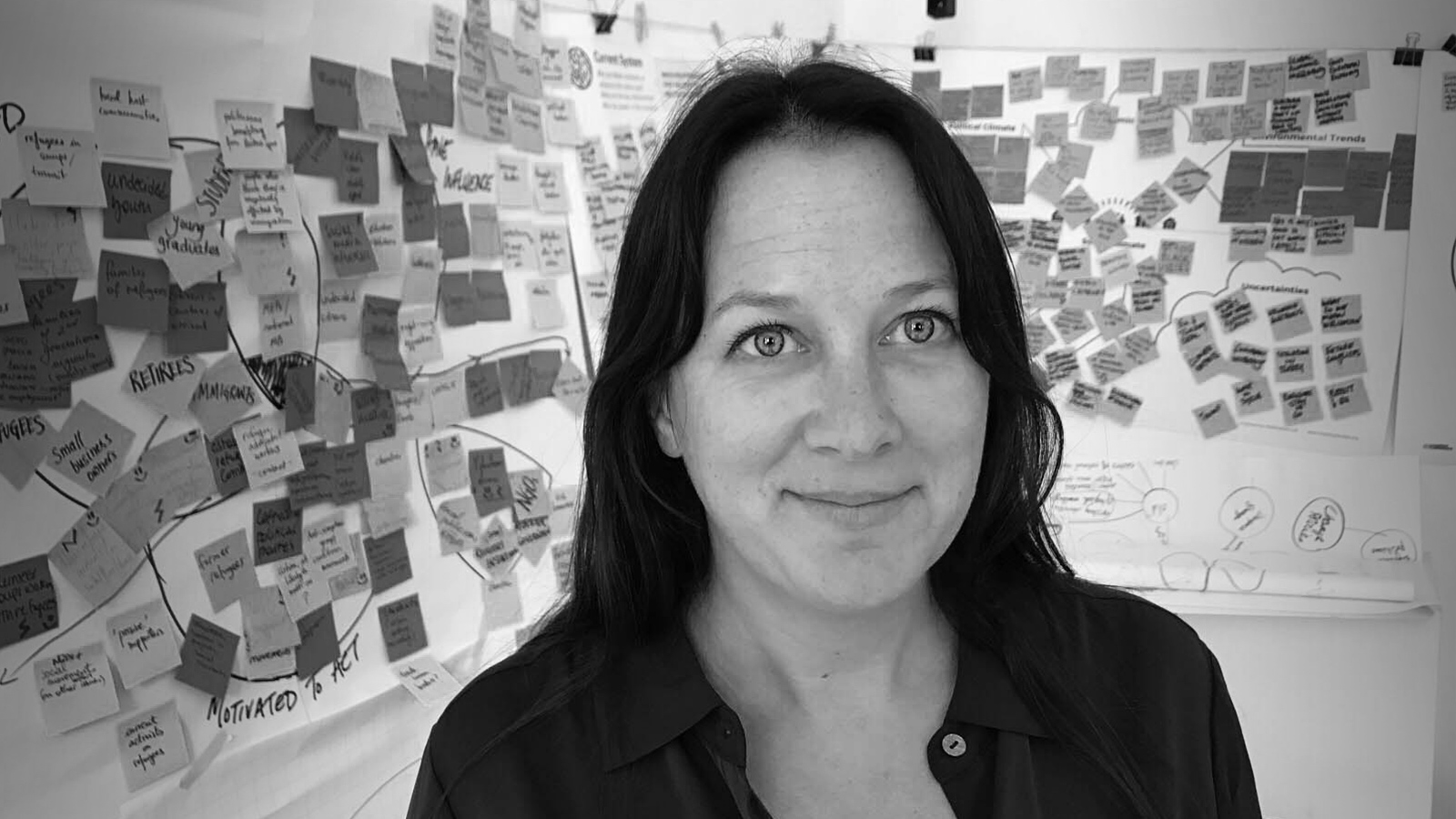
We are experiencing an acceleration of technology, production of goods, the spread of ideas and information. Social interaction and the pace of life has also sped up in many parts of the world. We need to increase the pace at which we plan and implement our work in order to match the speed of change in the world.
Long planning cycles are no longer an option if we want to make sure the progress we’ve made isn’t rolled back and if we want to address society’s biggest problems. This means transforming the way we work so that we can spend less time planning and more time getting work out the door.
Solving complex problems
Our work is driven by a desire to create positive change, to find better solutions to society’s problems. Unfortunately, these problems are often part of complex and interconnected systems and, as Einstein said, we cannot solve these problems with the same kind of thinking that created them.
Complex systems behave in unpredictable ways. We need a better approach to finding solutions, one that recognises there is more than one possible solution.
Design thinking, also called human centred design, puts the practices and methods of designers into the hands of non-designers to solve problems and to innovate.
Design thinking is solution-focused. By prototyping early, exploring multiple solutions, testing them, and adapting them based on feedback, we can gain a greater understanding of the problem than by reducing the problem into its component parts through analysis.
Putting people at the centre of planning
As well as iterating solutions, design thinking espouses an empathetic approach to people – our constituents, supporters and stakeholders – and encourages their participation in the problem-solving process.
Design thinking helps us challenge our own assumptions and beliefs about people.
The aim is to put us in direct contact with the people we serve or wish to engage. It is only by making these personal connections and understanding the challenges, needs and desires of people that we can really empathise with their perspective.
Design thinking helps us challenge our own assumptions and beliefs about people and begins to break down some of the barriers between “us” and “them” so we can understand the problem from their perspective. It is this connection and empathy that allows us to create solutions that meet people’s needs, tap into their motivations, and ease some of the pain and disruption of change.
By putting people at the centre of our planning we will engage a wider section of society in the work we do. We will also gain insights that lead to entirely new ways of thinking about the problems we tackle and more innovative solutions.
Increasing collaboration and participation
The most immediate impact of taking a design thinking approach in our work is an improved culture of collaboration. The methods and tools of design thinking bring together diverse skills and perspectives within organisations to develop solutions through participatory exercises.
Design thinking requires greater interaction with the people we serve and engage.
Integration is baked in. This approach to planning and implementing work helps to break down organisational silos and create greater team alignment. Design thinking helps grow skills that increase collaboration in the long term.
And collaboration extends beyond the front doors of the office. Implementing design thinking requires greater interaction with the people we serve and engage, through research, by testing early ideas or even inviting people to a be a part of the creative process. Through co-creation, staff work alongside constituents and supporters to create and test solutions.
Becoming a learning organisation
Practising design thinking offers organisations a practical step towards becoming a learning organisation.
By implementing design thinking, staff begin a new journey of learning, one that challenges assumptions.
Design thinking is not just about learning a new process and methods to apply to your work, it is about learning how to learn from feedback throughout the planning and implementation of our work.
Evolving ways of working
Design thinking offers us an approach and toolbox for working in a non-linear and iterative way. It means we spend more time learning in the early stages of planning. By taking our ideas to constituents before they are polished, we can get feedback that allows us to better determine what is going to work, adapt to feedback and scale ideas based on what is working.
By recognising up front that ideas will change between planning and rollout, we allow for the evolution of ideas. Design thinking means that we can invest more resources in the work that has the most impact.

Tracy Frauzel is learning designer and lead facilitator at MobLab. She was previously head of digital communications at Greenpeace UK.
